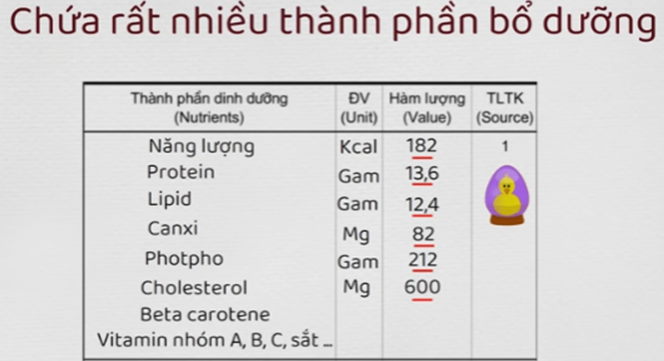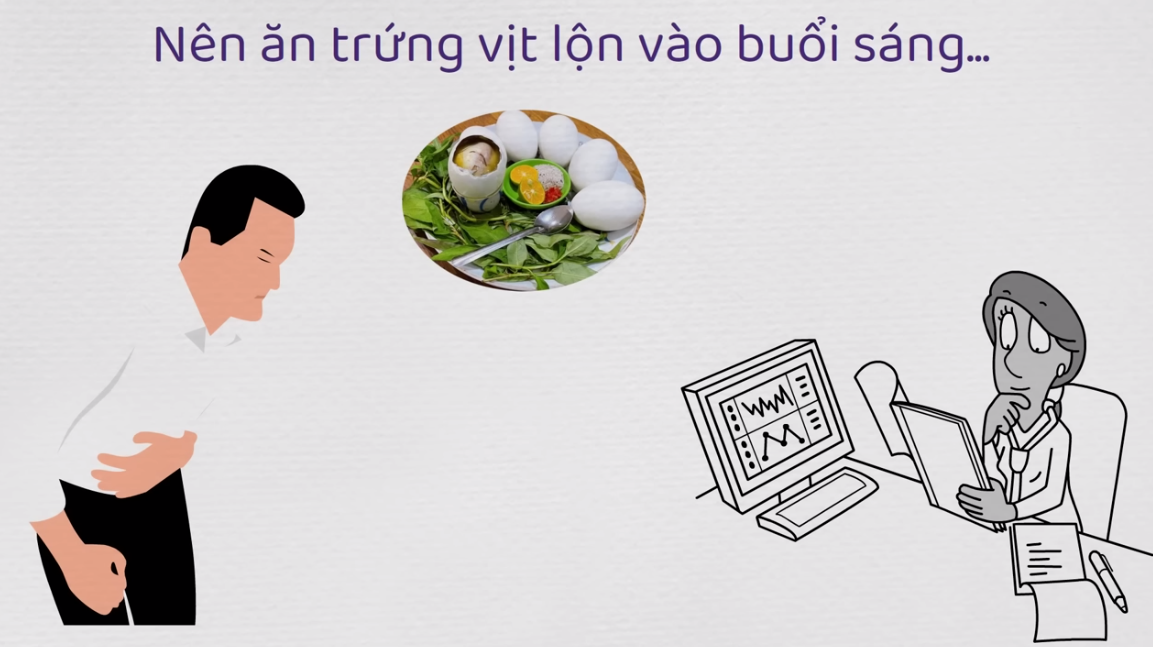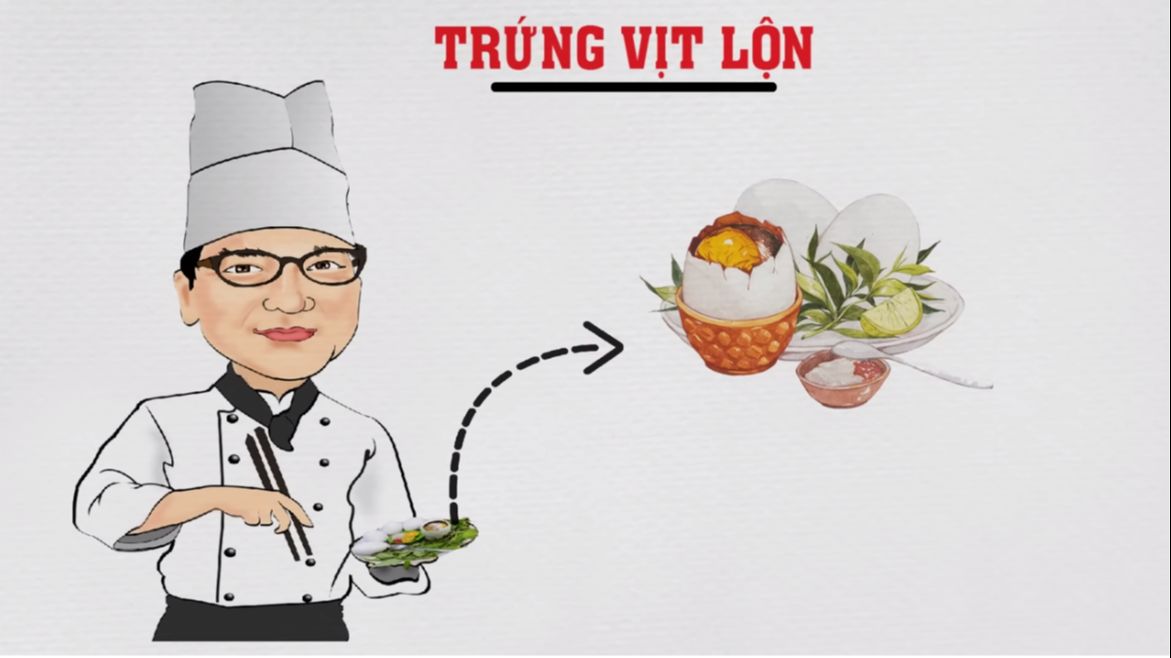Hello, balut is considered a specialty in some countries, but in others, it is condemned and boycotted. In today's article, we will explore one of the most controversial dishes.
Countries that eat balut

Most Vietnamese people eat balut, especially those who are clever enough to eat only the yolk and not the embryo because the yolk is very delicious, even though it is not as nutritious as the embryo. Although it is a popular dish in Vietnam, we are not the only country that eats balut; many countries in Asia also enjoy this dish, including Laos, Cambodia, Vietnam, Thailand, the Philippines, and especially China.
In addition to the aforementioned countries, balut is also consumed in the United States, Europe, and Japan. Although locals may not eat it, Southeast Asian immigrants continue to enjoy this dish normally.
How to prepare and eat balut
In Vietnam, we usually eat balut boiled and often serve it with Vietnamese coriander and ginger. According to traditional medicine, Vietnamese coriander has a pungent taste, a strong aroma, and a warming property that helps warm the stomach, relieve bloating, disinfect, and dispel cold. Balut contains a lot of protein, which can cause bloating and indigestion, so eating it with Vietnamese coriander helps solve this problem.

Additionally, when eaten with Vietnamese coriander, balut can help reduce sexual desire due to the effects of balut, and in each region of Vietnam, the way to eat balut is also different.

In the North, balut is usually sold in the morning, and people often crack the egg into a small bowl for easier eating, while in the Central region, especially in Hue, they eat it without a bowl. Instead, they crack the top of the egg to create a small hole, sip the broth to avoid spilling, and once the broth is finished, they peel the shell gradually, eating as they peel. In the South, people eat it with a teacup, placing the egg with the larger end facing up and the smaller end down, as the larger end has an air pocket. When eating, they use a small spoon to create a small hole in the egg and scoop it out gradually. They can season it with a bit of salt and pepper and eat it with Vietnamese coriander.
Other countries also eat balut slightly differently than Vietnam. For example, in the Philippines, they eat it with vinegar, chili, and pepper. Besides boiling, the locals also prepare it in many other ways, such as cracking the egg and frying it or making it with regular eggs, and they even make baked goods filled with balut. Additionally, there are some (very rare) places that eat lightly boiled balut, similar to how we eat rare beef, just dipping it a little before eating.
From a nutritional perspective, balut is considered a cheap dish but contains many beneficial nutrients for health. You can see in the following table that one balut provides 182 calories of energy; 13.6 grams of protein; 12.4 grams of lipids; 82g of calcium; 212 mg of cholesterol. Additionally, it contains many beta-carotene, vitamins A, B, C, and iron.

Groups opposing the consumption of balut
Despite its nutritional value, eating balut is strongly condemned in many countries, and there are two opposing groups regarding balut:

First are religious groups; both Judaism and Islam strictly prohibit consuming food prepared in ways that do not comply with dietary laws. In Judaism, the embryo of the chicken or duck inside the egg is forbidden to consume, while in Islam, the Quran prohibits eating animal meat if it is not prepared correctly, and certainly boiling the whole embryo is not an appropriate method. Additionally, members of the International Holy Spirit Council also prohibit eating balut.
Second is the ethical issue; I do not want to describe in detail how people in European and American countries depict this dish because after hearing it, you might join their side and stop eating balut.
In general, for many countries, balut is a terrifying, gruesome, and cruel dish. Even animal rights activists in the U.S. organized a petition that gathered 5,000 signatures calling for the removal of balut from restaurant menus in New York. The result of this was that Filipino Americans also signed a petition calling for the preservation of their favorite dish. Ultimately, those who like it can eat it, and those who don't can abstain; no one interferes with anyone.
Essential knowledge about eating balut
First, children under 5 years old, those with high blood pressure, diabetes, hepatitis, fatty liver, cardiovascular issues, and gout should avoid or not eat too much balut to prevent artery blockage, increasing the risk of heart attack and stroke. Pregnant women should not eat balut with Vietnamese coriander as it can cause bleeding and miscarriage; this is very important.

Second, it is advisable to eat balut in the morning and avoid eating it at night because of its high nutritional content, making it a hard-to-digest dish. Eating balut at night can cause discomfort in the stomach, sometimes leading to bloating and indigestion.
Since it is a highly nutritious dish, eating balut every day can increase cholesterol levels in the blood, which is a cause of cardiovascular diseases and diabetes. As mentioned above, eating too many eggs frequently can also lead to excess Vitamin A, causing jaundice and skin issues, negatively affecting bone formation. For adults, it is advisable to eat no more than two eggs a day.
If you read the news, you will find websites that copy the same content stating that one should only eat two eggs a week, but I see that the nutritional content of eggs shows that eating two eggs a day does not exceed the nutritional standards for an average person; eating two eggs a week is a bit too little.
Thus, we have just explored balut. Despite the world's many differing opinions, I still find it a delicious and nutritious dish. What do you think? Please leave your comments below.
Thank you for reading the article. Goodbye and see you again.
